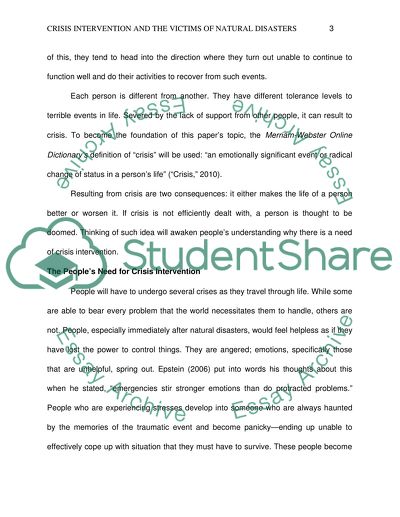Cite this document
(Crisis Intervention and the Victims of Natural Disasters Coursework, n.d.)
Crisis Intervention and the Victims of Natural Disasters Coursework. https://studentshare.org/environmental-studies/1565589-crisis-intervention-following-a-natural-disaster
Crisis Intervention and the Victims of Natural Disasters Coursework. https://studentshare.org/environmental-studies/1565589-crisis-intervention-following-a-natural-disaster
(Crisis Intervention and the Victims of Natural Disasters Coursework)
Crisis Intervention and the Victims of Natural Disasters Coursework. https://studentshare.org/environmental-studies/1565589-crisis-intervention-following-a-natural-disaster.
Crisis Intervention and the Victims of Natural Disasters Coursework. https://studentshare.org/environmental-studies/1565589-crisis-intervention-following-a-natural-disaster.
“Crisis Intervention and the Victims of Natural Disasters Coursework”. https://studentshare.org/environmental-studies/1565589-crisis-intervention-following-a-natural-disaster.


